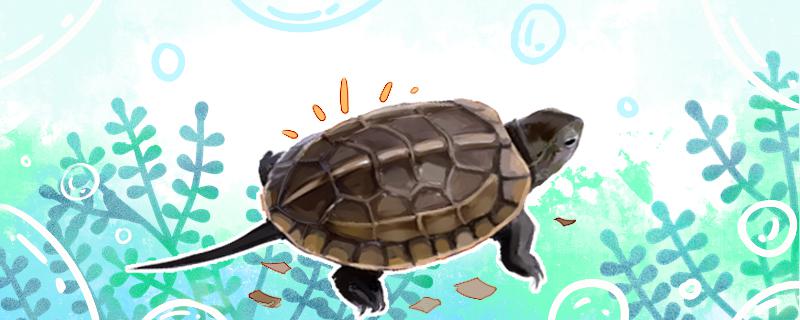
. Grass tortoises distinguish male and female by looking at the cloaca. The cloaca of the male grass turtle is in the tail, far from the posterior edge of the plastron, and its shape is rectangular. The cloaca of the female grass turtle is close to the posterior edge of the plastron, and its shape is round. By observing the cloaca, we can identify their male and female most quickly and intuitively, and the accuracy is very high.
to distinguish the male and female grass turtles? 1. Look at the tail: The grass turtle can distinguish the male and female by looking at the tail. The tail of the male grass turtle is longer and thinner than that of the female grass turtle, and the root of the tail is thick, showing an acute triangle. The anus of the male tortoise is relatively far from the root of the tail, and the notch formed by the two anal shields of the plastron is relatively shallow, and the angle of the notch is relatively large. The tail of the mother turtle is short and strip-shaped, and the two anal shields of the plastron form a deep notch, and the angle of the notch is relatively small.
2. Look at the plastron: Turn the tortoise over and touch its plastron. The plastron that is concave inward is the male, and the plastron that is flush is the female. Moreover, the patterns on the abdomen of the male tortoise are relatively sparse, while the patterns on the abdomen of the female tortoise are dense.
3. Look at the carapace: You can also directly observe their carapace. The shorter and wider carapace is the mother grass turtle. The male grass turtle has a longer and narrower carapace.